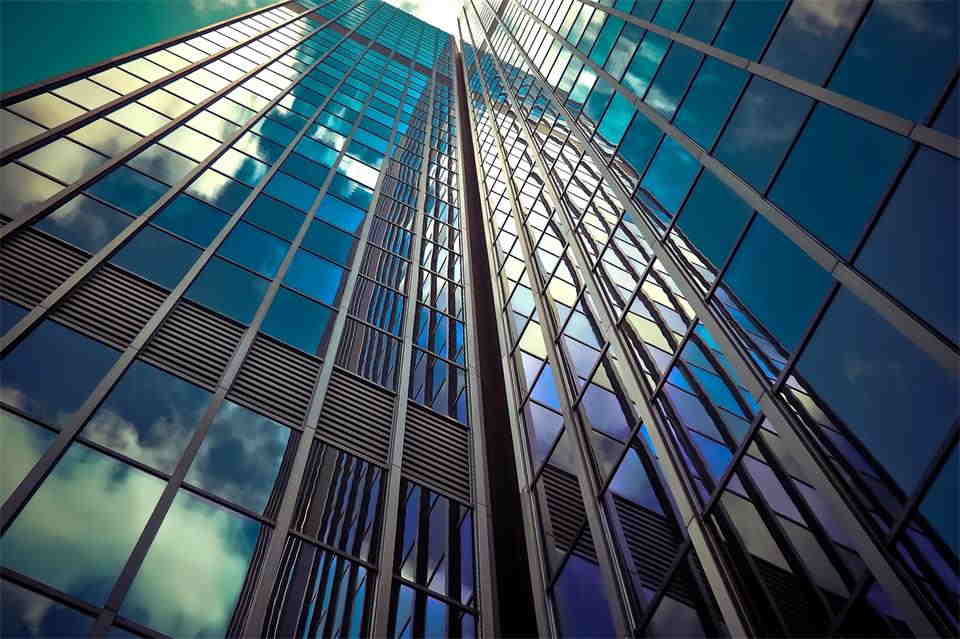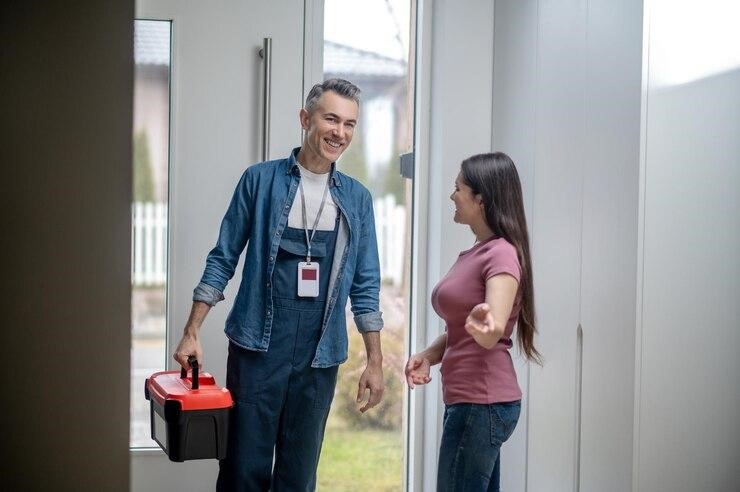How often do you think about what’s behind the walls in a hospital, school, or high-rise building? Probably not very often. But hidden inside those walls are mechanical, electrical, and plumbing systems that keep everything running. Access to those systems matter, and that’s where high-spec riser doors come in.
Riser doors might not be the most visible feature in a building, but their role is critical. They provide controlled access to service risers, which often carry essential infrastructure. In safety-critical zones, the quality and specification of these doors isn’t just a design choice. It’s a safety requirement.
What Are Riser Doors, and Why Do They Matter?
Riser doors are fitted into vertical service shafts, usually running between floors in a building. These shafts house services like:
- Electrical cabling
- Fire suppression systems
- Ventilation ducts
- Water and gas pipes
- Communication wiring
High specification riser doors allow for inspection, maintenance, and repair of these systems without damaging the wall. But in safety-critical areas, their job goes beyond just access. They form part of the building’s fire and smoke compartmentation strategy and contribute to overall risk management.
A poorly specified or badly fitted riser door can become the weak link in the chain. Fire, smoke, or gas can travel unchecked through unprotected shafts, turning a local issue into a building-wide emergency.
Where Riser Doors Are Essential
Not every riser needs a high-spec door. But in buildings where life safety or critical operations are involved, there’s no room for compromise. Here’s where high-performance riser doors make the biggest difference.
Healthcare Settings
Hospitals, clinics, and care facilities rely on uninterrupted services. Fire-rated riser doors ensure service shafts don’t become routes for smoke or flames, especially in evacuation routes or near patient wards. Easy access also helps maintenance teams act quickly without disrupting patient areas.
High-Rise Residential and Commercial Buildings
Multi-storey buildings often include vertical shafts running the full height of the structure. These can act like chimneys in a fire. A high-spec riser door prevents fire and smoke from passing between floors, helping to protect escape routes and buy critical time.
Data Centres and Control Rooms
Technical rooms need controlled access and strong protection from environmental risks. Riser doors in these settings may include features like acoustic insulation, fire integrity, and tamper resistance to safeguard critical systems from both accidental and deliberate damage.
Industrial and Utility Facilities
Factories, labs, and energy facilities often involve high-risk operations. Riser shafts may contain gas lines, high-voltage cabling, or complex HVAC systems. Doors must not only withstand fire but resist warping, impact, and chemical exposure, depending on the location.
Education and Public Buildings
Schools, libraries, and civic buildings rely on services staying operational and safe. Riser doors allow secure access to systems while maintaining the fire and security integrity of the building’s design.
What Makes a Riser Door “High Spec”?
Not all access panels are created equal. A true high-spec riser door is built to perform under pressure. The right specification will depend on the building type, use case, and local building regulations, but these features are commonly found in performance-grade riser doors:
- Fire resistance – Tested to maintain integrity for 30, 60, 90, or 120 minutes, helping stop the spread of fire through vertical shafts.
- Smoke seals – Keeps smoke from passing between floors, often just as important as the fire rating.
- Concealed or flush finish – Allows the door to blend into the wall with minimal visual disruption, often important for both design and safety.
- Secure locking – Prevents unauthorised access to sensitive or dangerous infrastructure.
- Durable construction – Often made from steel or reinforced materials, with frames that don’t warp or degrade under heat and pressure.
- Ease of access – Hinges, latches, and locks that allow authorised personnel to carry out quick checks or repairs with minimal disruption.
Fire Strategy and Building Compliance
Riser doors are a vital part of a building’s passive fire protection system. When specified and installed correctly, they help ensure that fire compartments remain intact, slowing down the spread of fire and smoke. In many cases, building regulations require fire-rated doors in riser positions, especially if the shaft runs through escape routes.
But specification alone isn’t enough. Installation and regular inspection are just as important. Even the best fire door won’t perform if it’s poorly installed or the intumescent seals are damaged. That’s why routine checks and documented maintenance are essential, particularly in regulated or safety-critical buildings.
Why the Right Door Makes a Difference
In an emergency, minutes matter. The right riser door won’t stop a fire entirely, but it can delay its spread long enough to protect lives and reduce damage. Just as importantly, it keeps day-to-day operations safe and compliant, ensuring vital systems stay accessible without compromising safety.
Whether it’s in a hospital, a residential tower, or a secure facility, a high-spec riser door plays a quiet but critical role. It might never be noticed — and in many ways, that’s the point. When it’s working properly, it does its job without fuss, helping keep everything behind the scenes running smoothly.
Built-In Safety You Can Rely On
Think of high-spec riser doors as part of a building’s internal defence system. They’re not just a lid on a cupboard. They’re a tested, engineered component of the structure’s safety strategy. In safety-critical zones, investing in the right riser door is one of the simplest ways to reduce risk without disrupting function or design.







Leave a Comment